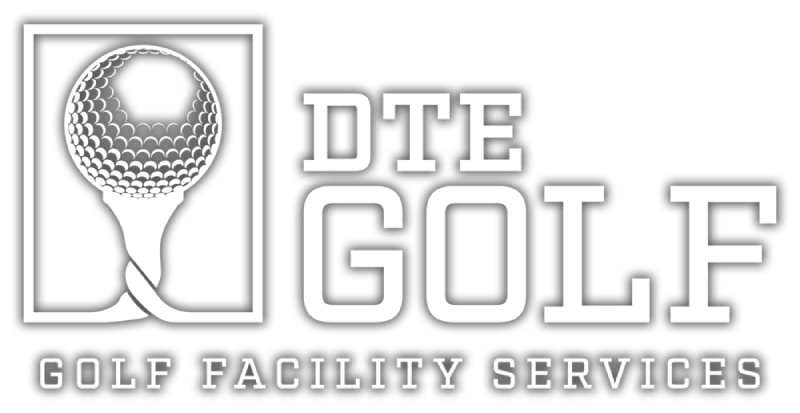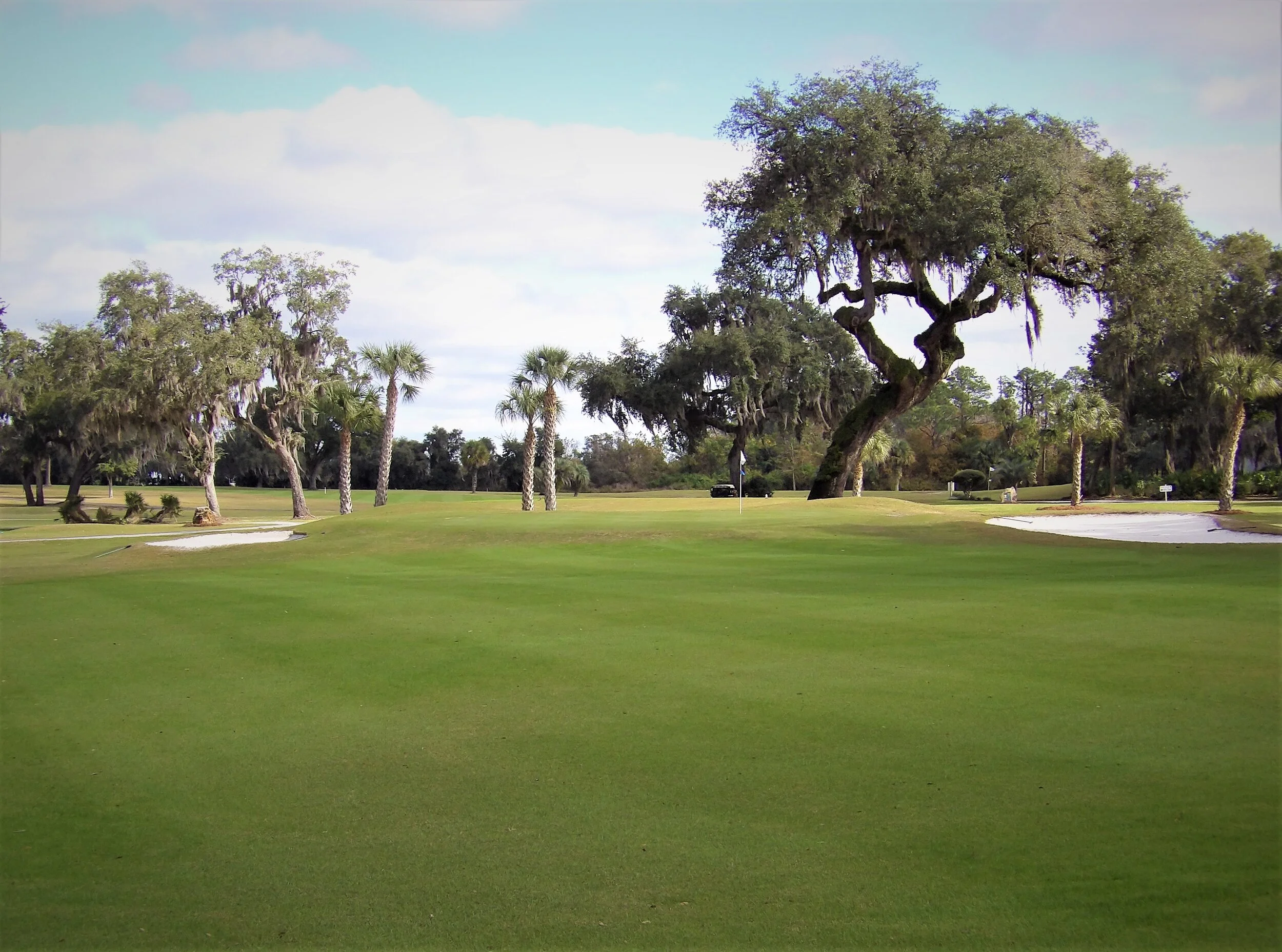Health and Safety on a Golf Course
Importance of Golf Course Safety
Golf course safety is often overlooked until an accident or problem occurs. Maintaining a golf course is a business and safety must be part of every business. The budget for all golf courses should include safety equipment, facility improvements, regulatory compliance, staff training on the need for a safe workplace, and safe places for golfers to enjoy recreation. After an accident, safety is often a priority.
The golf course industry faces a number of unique hazards, including wild animals, bodies of water, tall trees and slopes, and steep inclines. These hazards can lead to serious injuries, such as broken bones, head injuries, and sprains. In addition, golf courses have a number of chemical hazards, for example, pesticides and fertilizers that can be harmful to people. This can result in chemical burns, respiratory problems, and eye irritation.
Here are some simple rules that can ensure the safety of the employees and the golfers on the golf course:
Before taking a golf shot, whether in the practice room, driving range, or golf course, it is your responsibility to ensure that your teammates are at a safe distance from you.
Many golfers step into the golf club path without knowing where they are. It's a good idea to take a quick look before practicing your swing. This means that you also need to stay away from others trying to swing.
Drink plenty of water and take a break to prevent injury.
Be careful when driving a golf cart and ensure that only licensed drivers can drive the golf cart.
The chance of lightning strikes is higher than average for golfers who play in open places, use metal rods, and are frequently near trees.
Always check the weather forecast to make sure there are no storms. In the event of a sudden storm, you will need to return to your clubhouse or designated lightning shelter. You can also move away from trees, golf carts, etc. to make smaller targets.
Importance of Golf Course Safety
Written Programs
A comprehensive safety program includes written plans - the formal writing of your existing safety policies to formalize them and to show your commitment to them. There are four types of policies that you should be formally writing down:
1. Safety Policy Statement
A Safety Policy Statement basically underlines your commitment to following all the safety regulations, training your employees to recognize and minimize workplace hazards, and providing a safe work environment for everyone involved. For a more comprehensive policy, you can include points about record keeping for transparency, employee conduct, discipline, and expectations, along with investigating accidents and correcting hazards.
2. Fire Plan
A Fire Plan is very straightforward and mentions points about potential fire hazards, fire protection guidelines, the buildings' physical characteristics, and directions for what to do in the case of a fire.
3. Hazard Communication Plan
A Hazard Communication Plan has five parts to it:
All hazardous products should be properly labeled.
Maintaining a written list of all hazardous materials.
Safety Data Sheet (SDS) documents should be accessible for all hazardous items.
Your staff should receive training in handling dangerous materials that they might come into contact with while working.
And lastly, a written Hazard Communication Plan that ties all of the above four points together.
4. PPE Assessment
A Personal Protection Equipment (PPE) Assessment is a list that is needed to perform specific tasks or operate all the equipment. This list should be included in the operator manuals for all the equipment. Including pictures or making charts and spreadsheets detailing the task and the required PPE for it is also very helpful.
Guidelines for Maintenance Operators
All staff members must be trained in the proper use of all golf course equipment and understand the user manuals for the equipment as well. To safeguard your company against future liabilities, your employees should review the content and pass the training for topics such as:
Chainsaw Safety
First Aid
Defibrillator Training
Emergency Evacuation Plan
Safety Device Training
Personal Protective Equipment
Golf Course Accident Prevention
Who is Responsible for the Safety of the Golf Course?
It is the responsibility of the staff to ensure safety on the golf course. All employees should be trained to detect dangerous conditions such as uneven stairs, sinkholes, low branches, or areas that can cause slip-off accidents.
Golf course safety is of critical importance to the industry. In addition to meeting and exceeding all federal and state standards, golf course operators need to ensure that their courses are maintained in a safe condition at all times for every person on the course including employees and guests.


